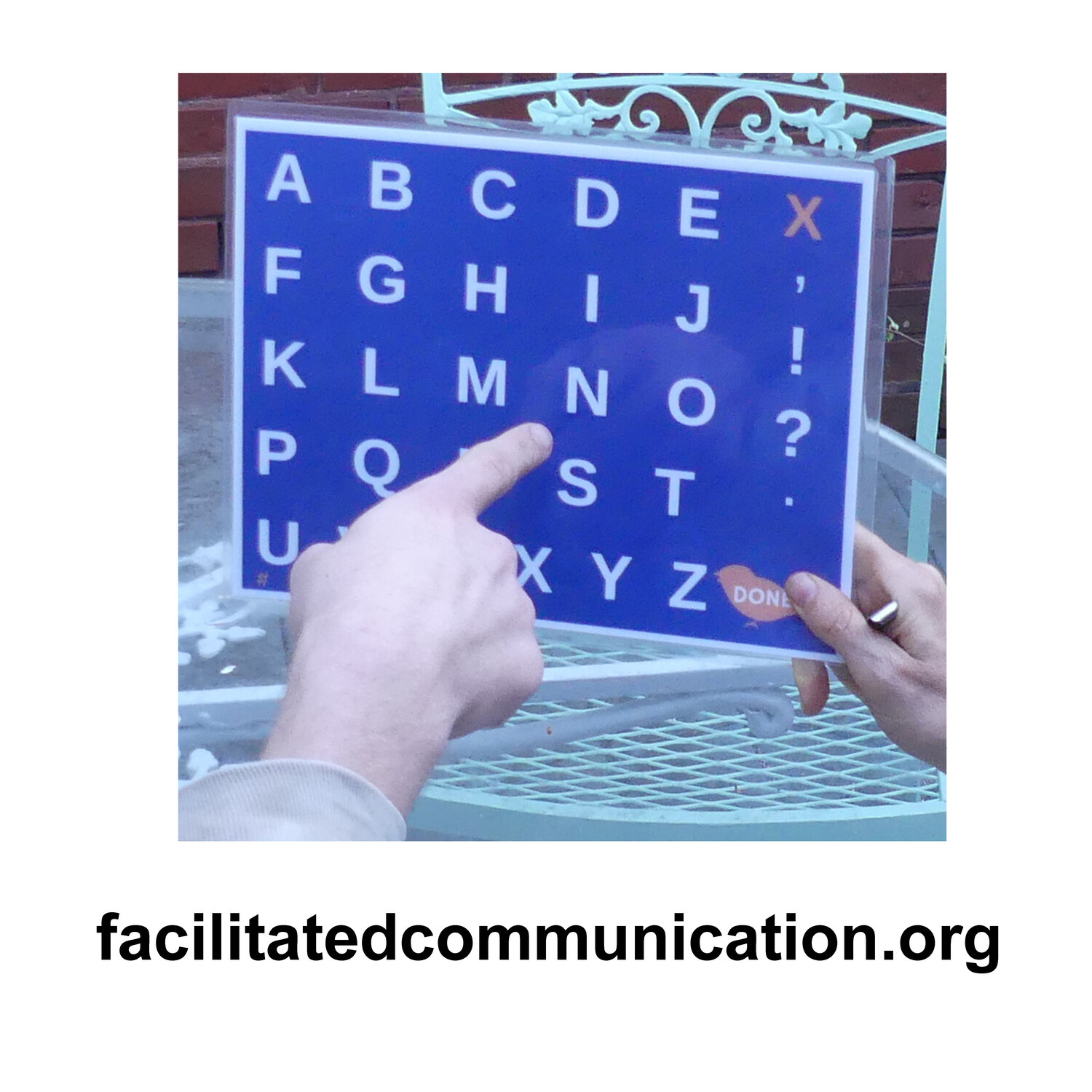FC and Gender Identity
Recently, it came to our attention that Facilitated Communication (most likely in the form of Rapid Prompting Method) has been used in the decision-making process for a non-speaking individual with autism to transition from female to male. The individual, facilitated by a parent, has posted information about “discovering” FC and RPM in 2017 and announced his transition on Facebook in April 2021. A sibling, who is also autistic and non-speaking, is being subjected to facilitation as well and, purportedly, identifies as non-binary.
While we unabashedly support individuals who are LGBTQ+, we take issue with the use of Facilitated Communication and other forms of physically interdependent communication to make LGBTQ+ determinations. The existing science demonstrates, quite clearly, that FC could cause facilitators to choose the sexual orientations and gender identification of nonspeaking persons. Due to the dangers associated with FC, this news raises some important questions:
1. Was FC used as the sole form of communication to discuss this issue?
Most organizations with statements opposing FC and RPM strongly advise their members not to use FC-generated messages to make major life decisions. In the past, these warnings were generally directed at demonstrable harms such as false allegations of abuse. But, as FC proponents have become emboldened, they have inserted themselves into issues of marriage, sexual relationships, housing, medical treatments, education, and so forth. Certainly, gender identity falls under the category of “major life decisions” and should, therefore, not be determined on the basis of facilitator-generated messages.
2. Was there counseling associated with the decision to transition and, if so, was this counseling provided by a licensed professional? What are the legal and ethical ramifications of using a discredited technique in counseling sessions and/or diagnosing an individual with gender dysphoria? Were measures (e.g., controlled testing) taken to establish that the messages were those of the individual with disabilities and not those of the facilitator?
The American Academy of Child and Adolescent Psychiatry, American Psychological Association and Association for Behavioral Analysis International are just a few of the psychological associations with statements opposing the use of FC for this very reason. Decades of research shows that facilitators unknowingly author messages generated by FC. All systematic reviews to date show no evidence that FC produces independent communication.
3. Are there plans for testosterone treatments or surgeries and, how are these to be determined, approved, and monitored? What are the legal and ethical ramifications for using facilitator-generated messages to obtain permission for medical procedures?
We wrote to the Board of Marriage and Family Counseling of Minnesota where the family resides and asked these same questions. Here is their response:
Thank you for your email to the MN Board of MFT. The Board will investigate a complaint filed against a MN LMFT alleging the LMFT engaged in conduct that was unprofessional, unethical or illegal. The Board does not have the authority to proactively direct an LMFT to engage in specific treatment of a client absent an investigation and determination that the LMFT’s conduct did not meet a reasonable standard of care. So, while the individual who contacted you may file a complaint against the LMFT seeking Board review of the LMFT’s conduct, the investigatory process would have to be completed before the Board could determine whether action is supported by law. (In short, it is not an immediate/speedy process, so the timeline may not be of assistance in this matter.) The individual filing the complaint may remain anonymous.
Information regarding the complaint filing process is available on the Board’s website on the “Consumer Information” page.
We recognize that facilitators may be well-meaning and sincere in their efforts to use FC to “support” their clients or loved ones in defining for themselves issues of gender and sexual orientation. However, facilitator-generated messages have consistently and repeatedly been shown to express the thoughts and desires of the facilitators and not those of the individuals being subjected to the technique. This issue shows yet another way that facilitators can place a false voice onto the nonspeaking persons we are trying to protect.
If you have first-hand knowledge of this situation (or others like it), please consider raising these questions with the appropriate authorities.

